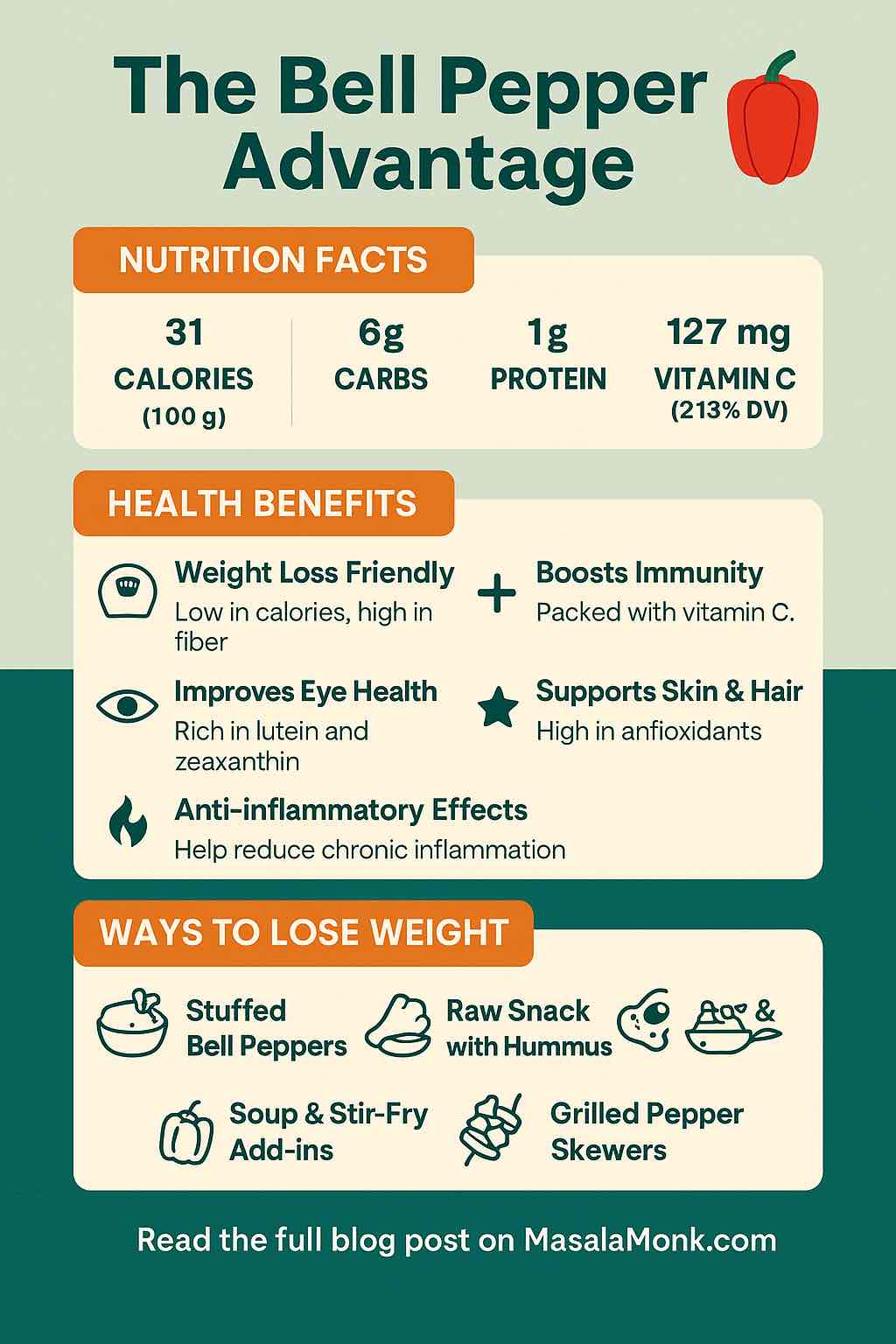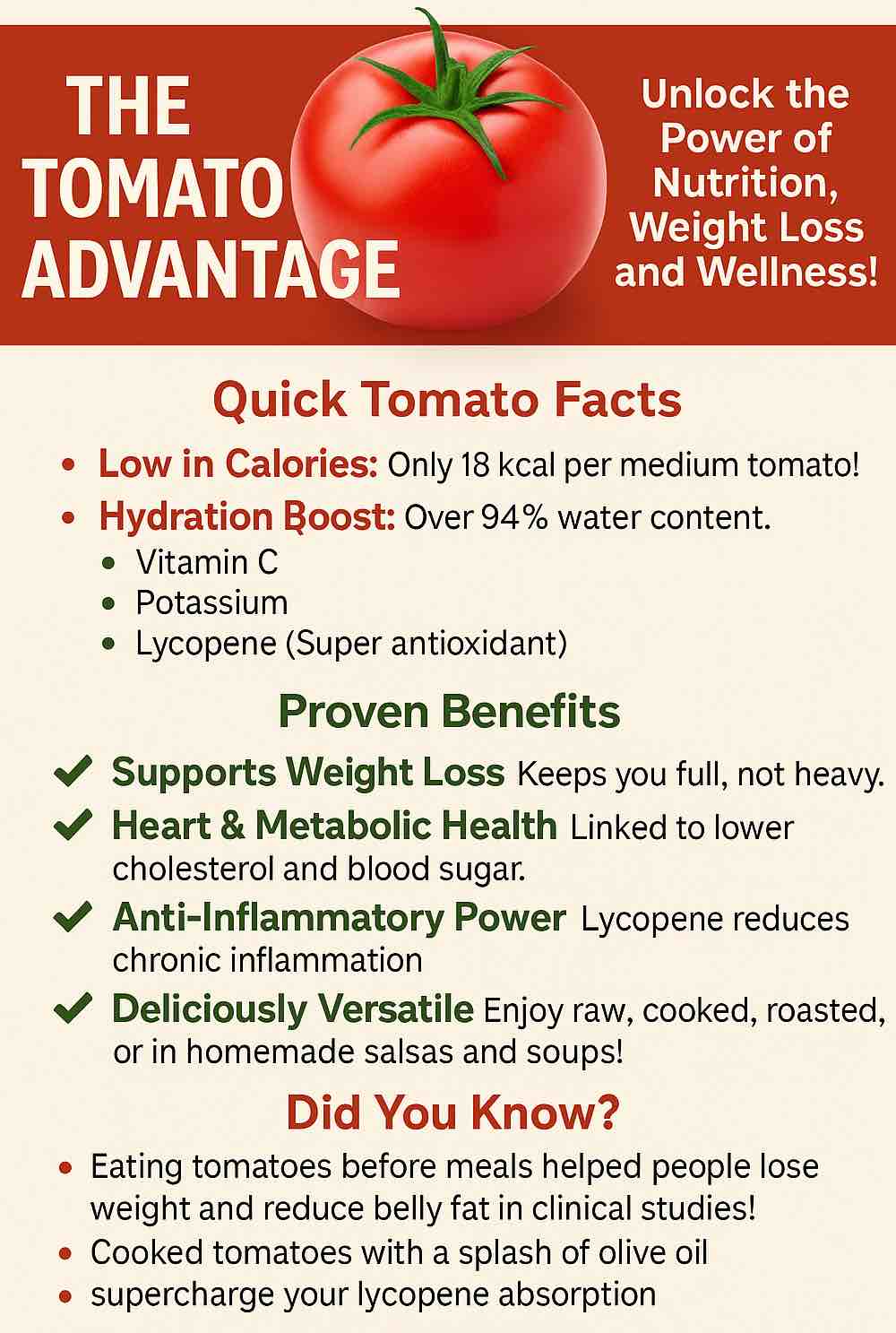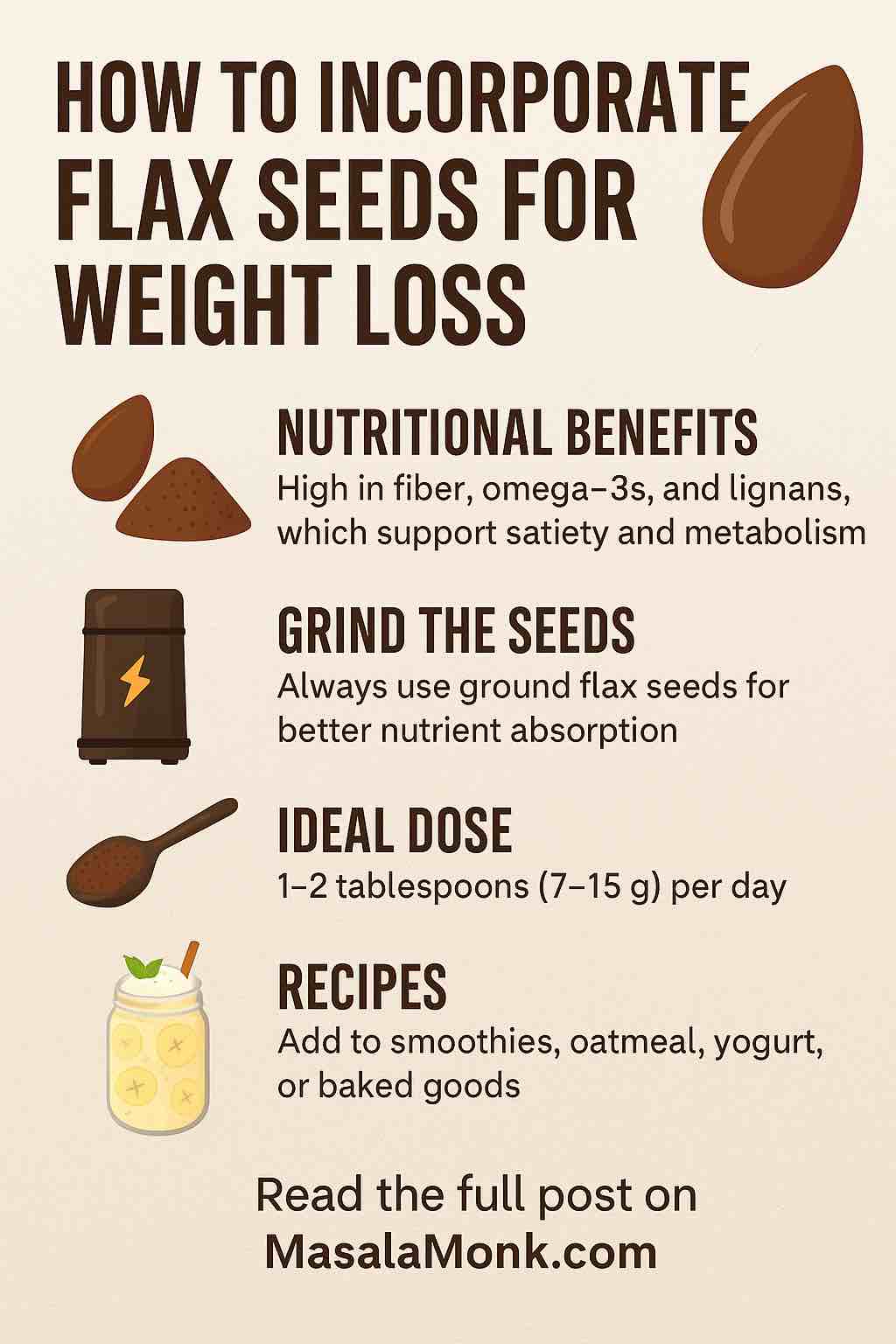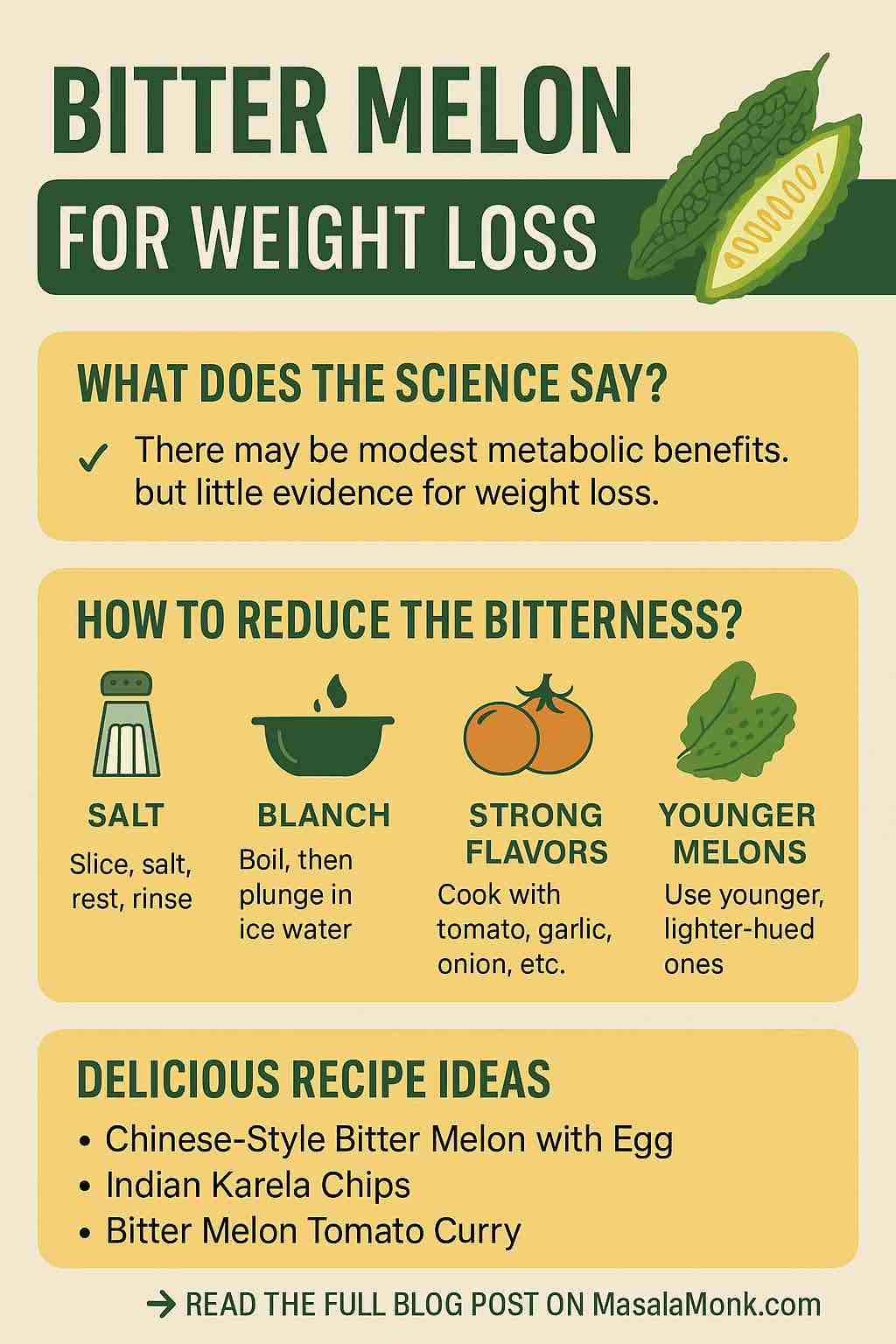
If you’ve wandered through an Asian market or peeked into a traditional kitchen, you’ve probably seen bitter melon (also called bitter gourd or Momordica charantia). With its warty, green exterior and fiercely bitter bite, this vegetable has a reputation that precedes it—as a powerful wellness food, but also as something you may only try once!
But is the legend true? Can bitter melon really help you lose weight? And if so, how do you actually eat it without grimacing through every bite? In this deep dive, we’ll explore what modern science reveals, practical ways to tackle its bitterness, and delicious recipes that might just turn you into a fan.
1. The Science: Can Bitter Melon Really Help You Shed Pounds?
What the Research Says (and What It Doesn’t)
Bitter melon has been used for centuries in traditional medicine, particularly for managing blood sugar and “cooling” the body. In recent years, it’s been touted as a “weight loss food”—but what does the evidence really say?
The Latest Clinical Evidence
- 2025 Meta-Analysis: The most recent and comprehensive review, pooling data from ten randomized, placebo-controlled trials, found no significant weight loss effect in humans. The average difference in weight, BMI, waist circumference, and body fat between those taking bitter melon and those taking a placebo was negligible【researchgate.net】.
- Subgroup Silver Lining: There’s a tiny glimmer of promise: people taking up to 2,000 mg/day of bitter melon extract saw small but significant BMI drops after 6 weeks. But—here’s the catch—these effects faded by week 17. Larger or longer studies didn’t show lasting benefits.
- Animal Studies: Rodent studies are more dramatic—bitter melon can shrink belly fat and improve cholesterol in rats. But humans don’t get the same clear-cut results.
How Might It Work?
- Blood Sugar Control: Bitter melon contains compounds that help regulate glucose—potentially helping prevent energy crashes and cravings.
- Fat Metabolism: In animals and cell studies, it seems to speed up the breakdown of fat and reduce fat storage.
- Satiety: With only ~20 calories and 2g of fiber per 100g serving, it fills you up without filling you out.
The Bottom Line
Bitter melon isn’t a miracle weight loss food.
But, it may offer modest support—especially for metabolic health—when used alongside a healthy diet and active lifestyle.
2. The Bitter Truth: Why Is It SO Bitter?
The bitterness comes from a group of plant compounds called cucurbitacins and momordicines. These aren’t just for flavor—they actually help protect the plant from pests, and may have health benefits too (like antioxidants and anti-inflammatory effects).
But, let’s be honest: too much bitterness, and even the most health-motivated eater will give up.
3. How to Make Bitter Melon Palatable (Yes, Really!)
Tried-and-Tested Methods from Science and Chefs:
a) Salt It Like You Mean It
- Slice the bitter melon thinly.
- Toss with a generous amount of salt (about 5% by weight, or 1 tablespoon per 2 cups sliced melon).
- Let it sit for 15–30 minutes—this draws out bitter juices.
- Rinse well, and gently squeeze to remove excess liquid.
b) Blanch Before Cooking
- Drop the salted, sliced melon into boiling water for 1–2 minutes.
- Immediately plunge into ice water.
This extra step leaches out more bitterness and keeps the melon bright green.
c) Cook with Strong Flavors
Bitter melon shines when paired with:
- Acidic foods: tomatoes, vinegar, lemon juice
- Umami: soy sauce, fermented black beans, miso, anchovy, or oyster sauce
- Spices & Aromatics: garlic, ginger, onion, chilies
d) Pick the Right Melon
- Choose younger, lighter-green bitter melons—they’re milder.
- Remove the white pith and seeds before cooking; they’re extra bitter.
4. Recipes You’ll Actually Want to Eat
Here are a few crowd-pleasers (and even bitter melon skeptics have gone back for seconds):
Chinese-Style Bitter Melon with Egg

Ingredients:
- 1 medium bitter melon
- 2–3 eggs
- 2 tsp soy sauce
- 2 garlic cloves, sliced
- 1 tbsp oil
- Salt & pepper
Directions:
- Prep the bitter melon: slice, salt, rest, rinse, and squeeze (see above).
- Blanch if desired.
- Beat eggs with a dash of salt and soy sauce.
- Heat oil in a pan, add garlic, then bitter melon, and stir-fry for 2–3 min.
- Add eggs, scramble together until just set.
- Serve with rice.
Indian Karela Chips

Ingredients:
- 2 bitter melons
- 1 tbsp oil
- ½ tsp chili powder
- ½ tsp turmeric
- Salt
- Lemon juice
Directions:
- Slice and salt the melon as above.
- Pat dry, toss with spices and oil.
- Bake or air-fry at 400°F (200°C) for 12–15 min until crisp.
- Squeeze over lemon before serving.
Bitter Melon Tomato Curry
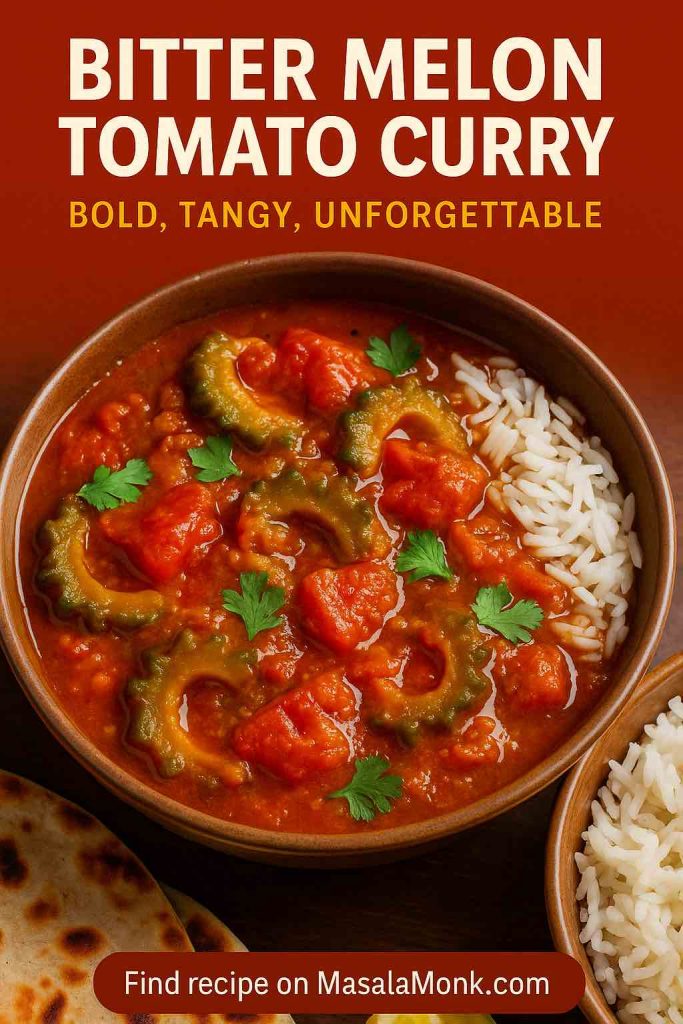
A vegan dish where tomatoes’ sweetness cuts the bitterness.
Ingredients:
- 1 bitter melon
- 2 tomatoes, chopped
- 1 onion, sliced
- 2 cloves garlic
- ½ tsp turmeric
- 1 tsp cumin seeds
- Oil, salt
Directions:
- Prep bitter melon as above.
- Sauté cumin and onion, add garlic, then tomatoes, and cook until saucy.
- Add bitter melon, turmeric, salt; simmer 10 min.
- Serve with flatbread or rice.
5. Safety and Side Effects
Is bitter melon safe for everyone?
- Generally yes, in moderation.
- Avoid during pregnancy (some reports of uterine stimulation).
- If you have G6PD deficiency or take blood sugar medications, talk to your doctor—bitter melon can lower blood sugar.
6. So, Should You Try It?
If you love to experiment with food and want a fiber-rich, low-calorie vegetable that may give your metabolic health a nudge, bitter melon is worth a try—if you prepare it right. Just don’t expect miracles: pair it with a healthy, whole-foods diet and regular exercise for the best results.
Summary Table
| Question | Quick Answer |
|---|---|
| Does it melt fat away? | Not by itself; some modest metabolic benefits |
| Is it safe? | Yes, for most, but caution if pregnant/on medication |
| How to eat it? | Salt, blanch, cook with strong flavors |
| Best recipes? | Egg stir-fry, baked chips, tomato curry |
Conclusion: Bitter, But Worth a Bite
Bitter melon may not be a “magic bullet” for weight loss, but it’s a time-honored, nutrient-dense veggie that—when prepped and paired well—can be a unique, health-supportive addition to your kitchen. If you’re looking for variety, adventure, and a potential metabolic edge, give bitter melon a chance.
And hey, if you find a way to make it taste amazing—share your recipe! We’re all looking for ways to make healthy eating a little more delicious.
Have you tried bitter melon for weight loss or health? What’s your favorite way to cook it? Share your stories and tips below!
Frequently Asked Questions (FAQs)
1. Does bitter melon really help with weight loss?
Clinical studies show that bitter melon may offer modest benefits for weight loss, mainly by supporting healthy blood sugar and metabolism. However, it is not a miracle fat burner and works best alongside a balanced diet and exercise.
2. How much bitter melon should I eat for weight management?
Eating bitter melon a few times a week in your meals is safe for most people. Supplements used in studies typically range from 300 mg to 2,000 mg per day, but always consult your doctor before using extracts.
3. What’s the best way to reduce the bitterness?
Slice the melon thin, salt it generously, let it rest for 15–30 minutes, then rinse and squeeze out excess liquid. You can also blanch it briefly in boiling water and pair with strong flavors like tomato, garlic, and soy sauce.
4. Are there any risks or side effects?
Most people can eat bitter melon safely in moderate amounts. However, it can cause low blood sugar, especially if you take diabetes medication. Avoid during pregnancy and if you have G6PD deficiency.
5. Is bitter melon better as food or supplement?
Whole bitter melon is a healthy vegetable, low in calories and high in fiber. Supplements may be more concentrated but aren’t regulated for purity or potency. Food is generally the safest way to include it.
6. Can I eat bitter melon raw?
You can, but it’s much more bitter. Most people prefer it cooked, salted, or mixed with other flavors to reduce bitterness.
7. Does cooking bitter melon destroy its benefits?
Cooking reduces some bitterness and makes it more palatable, but most of its health benefits remain. Light cooking (stir-frying, blanching) is ideal.
8. How soon will I see results if using bitter melon for weight loss?
If you see any benefit, studies suggest it’s most noticeable within the first 6 weeks. However, results vary and are usually modest.
9. What cuisines commonly use bitter melon?
It’s popular in Chinese, Indian, Filipino, Japanese, and Thai cuisines, where it’s often stir-fried, stuffed, or cooked with eggs or strong spices.
10. Can bitter melon help with diabetes or cholesterol?
There is evidence it may help regulate blood sugar and improve cholesterol profiles, especially in people with prediabetes or type 2 diabetes. It should not replace your prescribed medication.

